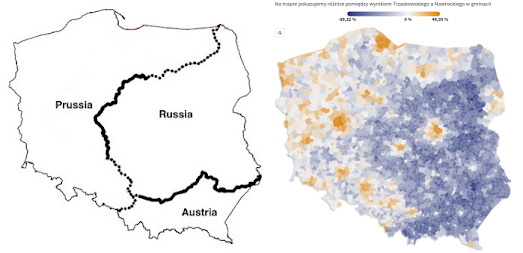Odyssey has released a demo of its new AI technology that enables users to explore 3D video environments in real time.
Odyssey is similar to Google Maps Street View in that it allows users to visually explore real-world environments. However, instead of navigating through static 360-degree photos, Odyssey uses AI-generated streaming video that responds dynamically to user input.
The result is a much more interactive and immersive 3D world - like stepping into a living, evolving version of Street View, where the environment can change and unfold as you move, almost like a video game. Unlike Street View, which relies on stitched-together images, Odyssey’s model generates new video frames on the fly, simulating realistic motion and spatial consistency in response to user movements.
The Odyssey Interactive Video demo includes a number of 360-degree scenes that you can freely explore. Most reviews I've read emphasize its potential for creating 3D worlds for games. However, I think there’s also clear potential for this technology to enhance mapping, for example as an advanced Street View layer. Currently, the interactive 3D environments produced by Odyssey are fairly low in resolution, though generally clear. It would be interesting to see whether the technology could generate higher-resolution models if it were trained on Google Street View imagery.
Via: Webcurios














